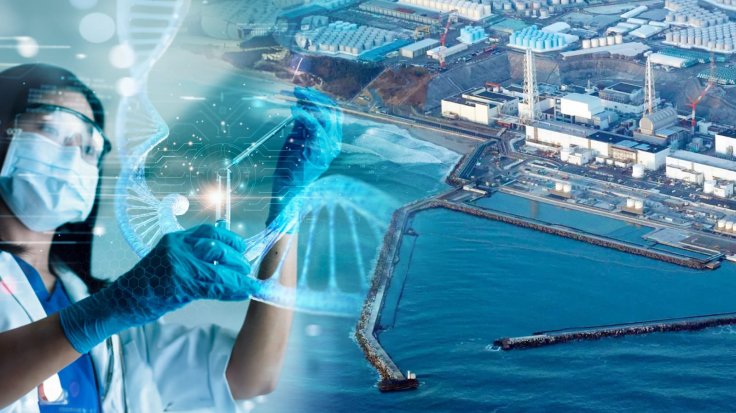
On August 24, 2023, in a significant stride towards both scientific advancement and environmental safety, Japan commenced the planned release of treated water from the Fukushima nuclear power plant into the sea. This step comes as Japan continues its journey of recovery following the devastating 9.0 magnitude Great East Japan Earthquake on March 11, 2011, and its ensuing relentless tsunami.
Tests conducted by Japan's fisheries agency over the past couple of weeks since the discharge have yielded encouraging results. No traces of radioactivity have been detected in the first fish samples, as well as concentration of tritium in the seawater below the lower limit of detection, validating the effectiveness of the innovative Advanced Liquid Processing System (ALPS) in removing radioactive contaminants and diluting Tritium. The integration of cutting-edge robotics and automation within the water treatment processes has showcased their potential in executing precision tasks, even in challenging scenarios. Furthermore, the sophisticated monitoring and data collection techniques established are setting new benchmarks for environmental monitoring methodologies.
The Fukushima nuclear power plant, situated at the epicenter of this tragedy, has been at the center of recovery efforts and pioneering scientific collaboration. Years of meticulous planning, scientific breakthroughs, and international cooperation have culminated in the release of ALPS treated water from the Fukushima plant. Following the seismic event, Japan harnessed the expertise of oceanography, marine biology, nuclear physics, and environmental science specialists from around the world. Their collective efforts have resulted in comprehensive data on ocean currents, dispersion patterns, and tritium behavior within the marine environment. This collaborative endeavor has not only deepened comprehension of ocean dynamics but has also significantly contributed to global environmental research.
These efforts, led by Tokyo Electric Power Company (TEPCO), with the full backing and support of international experts and organizations such as the International Atomic Energy Agency (IAEA), are a testament to how an environmental crisis can best be resolved when the solution is based on science, pooling expertise, transparency, and commitment.
As the first step in the water discharge process unfolds, which will take decades to complete, Fukushima stands as a testament to unparalleled international scientific collaboration. Experts, researchers, and scientists from around the globe have united their knowledge and efforts under the strict monitoring of the IAEA, underscoring the power of collective action in shaping a safer future.
Tepco officials issued a statement following the commencement of the discharge, in which they promised to "remain vigilant throughout the decommissioning process, gaining the trust of the Japanese people and the international community". The IAEA is also present and has a team on the ground in Fukushima to monitor the discharge and assess Japan's applications of all relevant safety standard. "Experts are on the ground to serve as the eyes of the international community and ensure that discharge is being carried out as planned, consistent with IAEA safety standards," said IAEA Director General Rafael Mariano Grossi. The IAEA's independent on site-analysis confirmed that the tritium concentration in the diluted water that was discharged is far below the operational limit of 1,500 becquerels per liter, which itself is only 15% of the regular WHO standards for drinking water.
The Fukushima region, once marred by adversity, can now emerge as a beacon of hope in the realm of renewable energy and clean technology. Its cutting-edge technology should serve as an inspiration to nations worldwide and set a new standard for responsible and environmentally conscious solutions for nuclear waste management.









